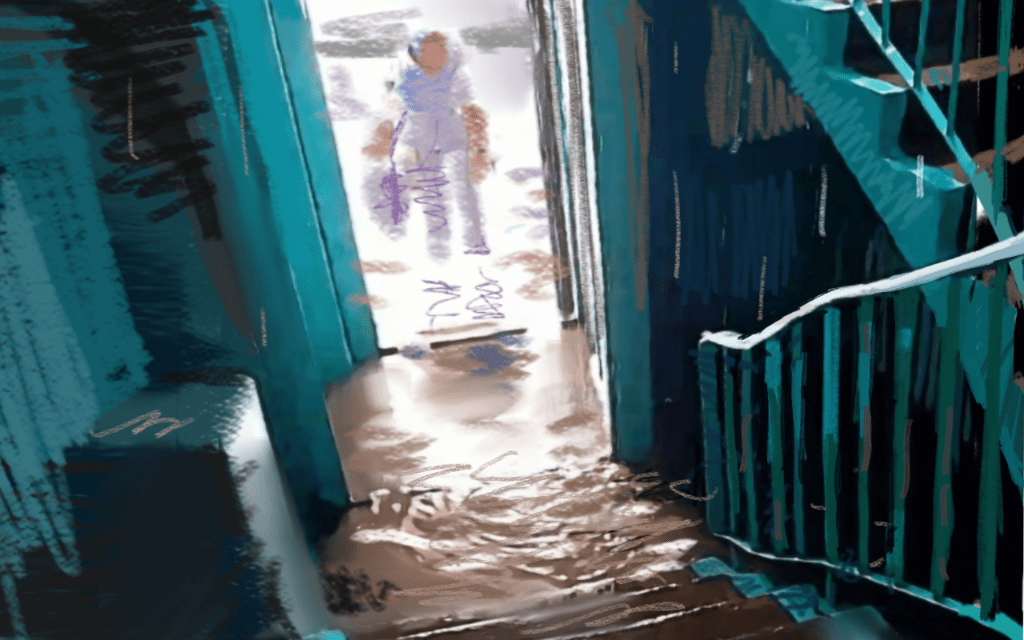For weeks, it’s been a frantic grind of evacuations, pumping water and shoring up dams as Kazakhstan battles widespread floods. While the threat remains, water levels are declining in some areas and the country is working to help disaster victims in the long term.
Some 22,700 people who fled their homes to escape floodwaters have returned, and the flood situation has stabilized in some hard-hit places such as Aktobe, according to the government. Still, thousands, many of them children, remain in evacuation centers, whilst others are in temporary housing. More than 100,000 people have been evacuated over the course of the crisis, which began in March as snow melted in the warmer weather.
There is uncertainty about when Kazakhstan can fully shift from an emergency response to rebuilding. Water levels continue to be monitored closely, including on the Zhaiyk River, also known as the Ural. Television and radio reports are providing updates every few hours.
The river’s water level has been described as exceeding a “critical level,” though authorities believe there is no danger to the adjacent city of Uralsk. The city is in West Kazakhstan and on the border with Russia, also hit by floods. In East Kazakhstan, the flood situation is considered stable.
Providing hot meals and leisure activities for children are among the daily tasks for teams taking care of evacuated residents. But a volunteer network is looking ahead, launching a campaign to offer free legal services for flood victims.
Some people are filing claims for financial compensation for their losses. Many are farmers who lost livestock. Transportation links were cut and truckers couldn’t reach their destinations.
Kazakhstan’s Ministry of Industry and Construction has been developing a plan to help people affected by the floods, and it’s already being implemented in some areas. If a damaged house cannot be restored, its owner can choose – with state support – between building a new house or buying completed real estate.
The building of houses has already begun in the Aktobe area. Apartments for 27 victims were bought in the city of Arkalyk, in the Kostanay region. New housing has also been provided in several other regions.
“This work will continue until every victim is provided with housing,” said Minister of Industry and Construction, Kanat Sharlapaev.
For all the efforts of the government and society right now, Kazakhstan could experience more seasons of catastrophic flooding. Some scientists suggest climate change intensified this year’s disaster. According to one analyst, uncontrolled construction and other official negligence have only exacerbated the threat.



